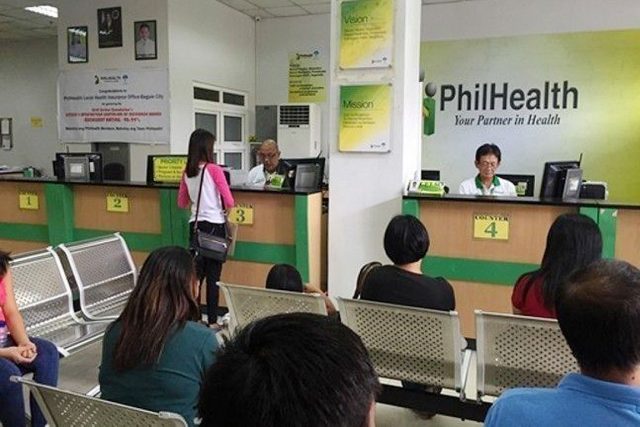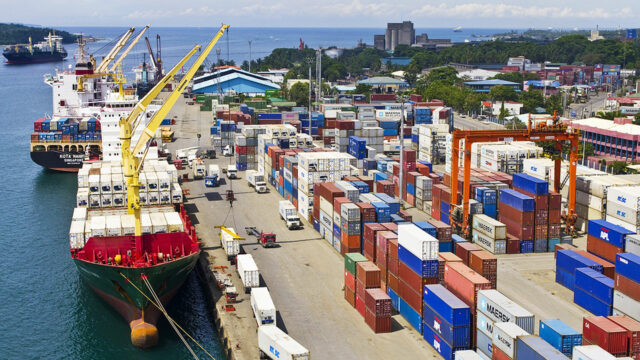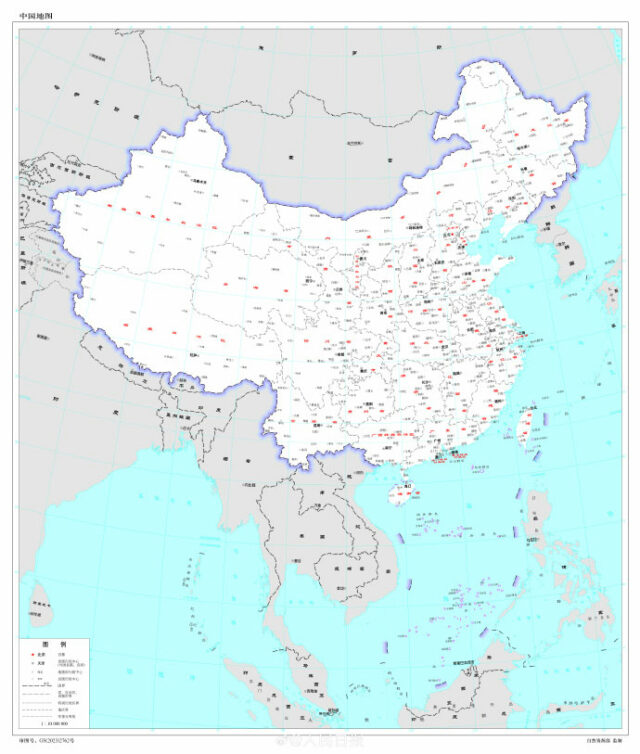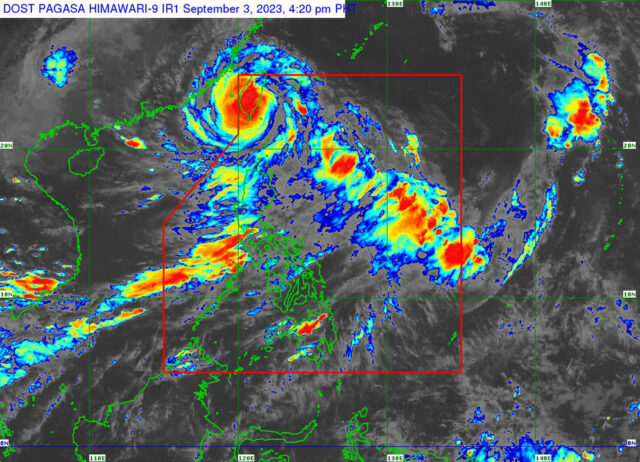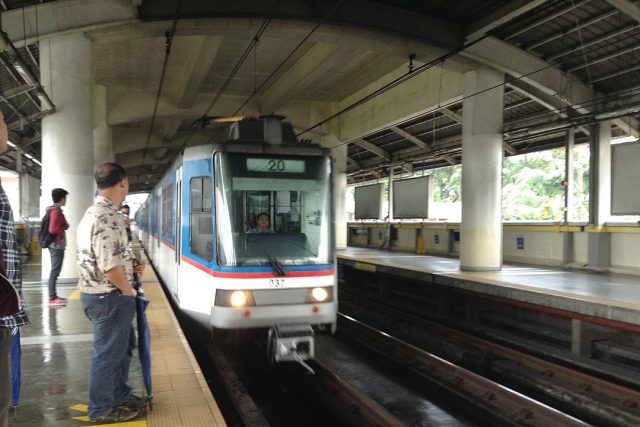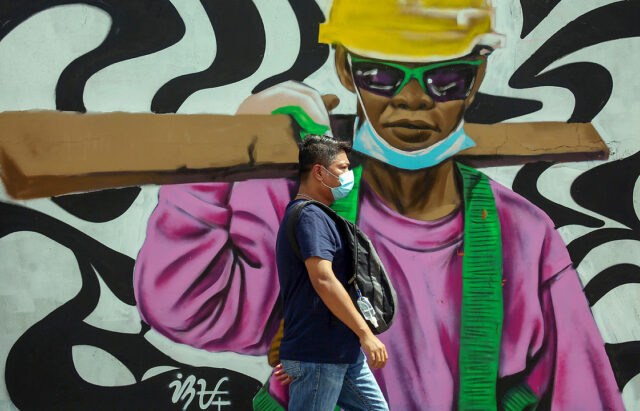Financial crime is estimated to cost $1.4-3.5 trillion worldwide. With sophisticated methods deployed by criminals, government, regulators, and law enforcement often play catch-up to maintain trust in the financial system. There is an increasing need for change and innovation to tackle financial crime. Generative artificial intelligence (GenAI) has transformative capabilities for organizations, with business applications evolving rapidly. The financial industry is an early adopter of technology and is witnessing the increasing application of GenAI in fraud prevention, anti-money laundering (AML), counter terrorist and proliferation financing (CTPF), and cyber security, collectively referred to as FinCrime.
THE CASE FOR GENAI ADOPTION
Generative AI (GenAI) can boost efficiency across AML controls, allowing individuals to play a more prominent role in detecting and preventing FinCrime. Different entities are experimenting with large language models (LLMs), with results underscoring opportunities for FinCrime operations. LLMs are a type of AI algorithm that uses massively large data sets and deep learning predictive techniques to understand, summarize, and generate contextual content. GenAI is not limited to text, but can be used to extract, analyze and classify data, and augment case summaries.
GenAI can train on large real-time data sets that include both normal and anomalous transactions, and can then perform statistical analysis to determine what is normal and what is anomalous.
GenAI models can analyze behavioral data and process enormous amounts of customer transaction history to identify unusual events. Different fraud detection models can be evaluated to proactively detect emerging fraud patterns. GenAI can automatically flag a suspected fraud when deviations are found and trigger a case examination. This reduces the manual effort required to retrieve, analyze, and present case summaries for decision-making.
Think of GenAI augmenting case examiners to detect fraud as it occurs, make faster and value-making decisions to prevent fraud, and reduce human error and biases.
It is much easier to personalize fraud detection models to customer personas with GenAI. This not only allows for a personalized banking experience but also makes it harder for criminals to scale and exploit weaknesses in the system. Eventually, GenAI can generate insights to strengthen FinCrime controls. This helps banks stay ahead of the curve, detect, and prevent fraud.
Malicious fraudsters are also employing GenAI technology to launch highly personalized and specific attacks on their victims. For example, fraudsters could use GenAI to analyze publicly available information and simulate fake accounts, e-mails, and calls. As such, the technology can also increase individual and organizational vulnerability and susceptibility to fraud.
In the complex, digitally connected world, FinCrime poses systemic risks to the global economy. Business leaders can stay abreast of potential risks and respond with the power of GenAI to fight FinCrime.
TURBOCHARGED FINCRIME CAREERS
FinCrime operations are currently overly complex and manual. Detecting and preventing FinCrime is an onerous task compounded by complex policies, legacy technology, and inaccurate, voluminous and unstructured data. However, with GenAI, FinCrime roles are being elevated to the equivalent of the superhero status of saving the world in the following ways:
• Auto-detection of FinCrime will reduce manual effort.
• GenAI-generated case summaries will reduce manual effort and allow focus on investigation and decisions, solving and preventing FinCrimes.
• Automated monitoring removes stress and allows focus on decisions and actions.
• Remove the siloed view of fraud. Transactions occur across different product types, instruments, and modes. With GenAI, it’s possible to have one collaborative, informed view of customer and rogue transactions that are in deviation.
• Regulatory changes and policies can be easily applied across customers, products, and modes of banking. Less time is required for compliance reporting to regulators.
• Anxiety of human oversight gets eliminated with better insights and traceability.
• Generates high-skilled jobs based on the interpretation of insights and faster augmented learning.
• Better risk assessment, response, and efficient management.
• Greater adaptability to changing strategies of criminals and fraudsters, ensuring trust in the financial system.
GenAI can supplement risk assessments and detection. While FinCrime experts will still have to manage the output produced, they will have more tools and information to analyze the results, detect FinCrime, and safeguard against risk.
While the technology significantly enhances organizations’ capacity to respond to FinCrime, employees and leaders should train on new skills, embrace collaboration of AI with humans to turbocharge outcomes and learn to deal with ethics, fairness, privacy, and AI-related bias and concerns.
THE FUTURE OF FINCRIME AND GENAI
Fighting FinCrime was hostage to intrinsic human inefficiency, manual errors, and administrative burden. However, GenAI is empowering FinCrime fighting efforts with unprecedented speed and effectiveness. By utilizing LLM tools, professionals can seize opportunities to strengthen and expand the field.
While GenAI has considerable promise, it may take time for specific industries to adopt the technology on a large scale. Consequently, organizations should delineate ethical considerations and data protection policies to safeguard their assets while capitalizing on the technology’s power.
As FinCrime continues to evolve, business leaders must find the balance between efficiency and effectiveness, especially when dealing with risk. Organizations must be vigilant and utilize novel tools and technologies to adapt to and safeguard against the evolving digital landscape. Companies can remain competitive in the global market by seeking the advice of professionals with a deep understanding of FinCrime and AI and identifying GenAI-related opportunities and risks.
This article is for general information only and is not a substitute for professional advice where the facts and circumstances warrant. The views and opinions expressed above are those of the author and do not necessarily represent the views of SGV & Co.
Anurag Mishra is a Financial Services Organization Technology partner of SGV & Co.





